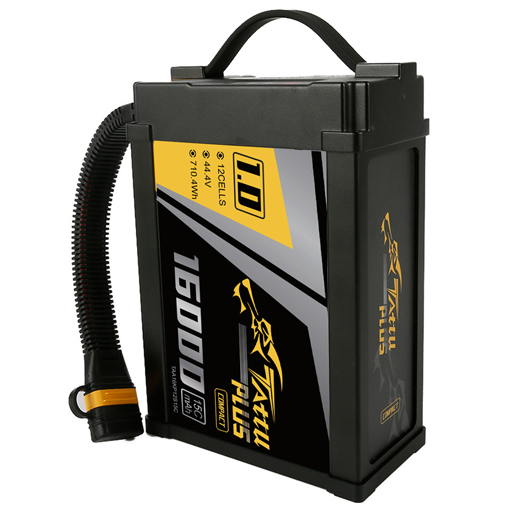What Are the Dangers of Using the Wrong Wattage
Charging your phone batteries
Most smartphones on the market use LiPo (Lithium-ion Polymer) batteries. They are 3.8V per cell (4.35V when fully charged) and generally about 3 Ampere hour (Ah), or 3000 milliampere hour (mAh), in capacity.
The charging voltage must be higher than the battery voltage. Because the battery is polarized when the battery is charged, the voltage must reach or exceed the sum of the battery voltage and the polarizing voltage in order to effectively inject current. Therefore, the standard output voltage of portable power banks on the market is 5V / 2.1A. Here to mention, the fast charging technology we see is the next level of 3 Amps charging technology. In this situation, the watts of phone batteries needed is around 18.5W (3.7 Volts times 5 Amps Hour capacity), and the portable power bank is around 37W, the battery has higher wattage than the device and it is sufficient to power the phone. What if it is lower than the device needed?
Battery (Watts) < Device (Watts)
Light bulbs are marked as 10W, 20W, 30W, etc. Suppose we use a 10W battery to power a 40W bulb, the result would be a lightbulb that is less bright and feels dim. If the power differs too much, the bulb may not even light up. The secondary issue with this is that, the battery now needs to displace more power to meet the demand of the bulb, thus lowering overall battery capacity.
Battery (Watts) > Device (Watts)
A lightbulb has a sticker that clearly specifies the maximum wattage acceptable, if the power of battery is higher, it could cause a hazardous situation. There are two watts on a light bulb, equivalent watts and actual watts. For example, an LED light bulb may produce 95W equivalent lighting, but only requires 25W to power. You must not exceed the required watt. If you exceed actual watts, e.g. an incandescent 75W bulb that uses a real 75W in a socket that says max 60W then you may risk overheating and fire, and may have the following consequences:
The fixture might overheat
The fixture could be discolored and/or destroyed
The lamp could burn-out prematurely
The house could be burnt down
The wiring could be damaged
If there were enough of them in a circuit, it could overload the circuit
Other bad consequences
Why not overload when using high power batteries/wall socket?
The input voltage and power of our home appliances are different, but whether it is converting 110V civil AC (220V in China) to about 5V DC to mobile phone batteries, or 370V DC to Electric vehicles, only require two steps: "rectification" and "voltage transformation". In order to supply power to our different household appliances, the electrical plug is used to transform the voltage, and its power is adjusted to deliver electricity to the device. Imagine that our electricity is like water, which is transmitted to all the devices in your home through pipes (grid network). The wall socket is the gate, and the plug is the water pipe connected to this gate. The water pressure is adjusted to prevent too much water pressure to damage the devices. The AC voltage in different countries and regions is also different, so there are various plugs for us. If you want to use Chinese appliances in the United States, you need to buy a conversion plug.
Related information:
Complete list: Plug, socket & voltage by country https://www.worldstandards.eu/electricity/plug-voltage-by-country/
Plug & socket types https://www.worldstandards.eu/electricity/plugs-and-sockets/
That mobile power is the same reason, the voltage is transformed through the plug. However, the battery like the portable power station does not have the high voltage and power of the wall socket. At present, the maximum power of most portable power solutions only offer about 150W ~ 200W. So utilizing a standard portable power solution to power a 1200W kettle is pretty unrealistic. Therefore, before purchasing equipment and batteries, pay attention to the power requirements of the device and if the battery is able to support it.
Related Articles
-

Discover Custom-Shaped Battery Solutions for Next-Gen Wearables at CES 2026
2025-12-17 -

FAI World Drone Soccer Championships 2025 Conclude in Shanghai
2025-11-19 -

Grepow at Future Battery Forum 2025: Showcasing the Lithium Battery Innovation
2025-11-18

















































